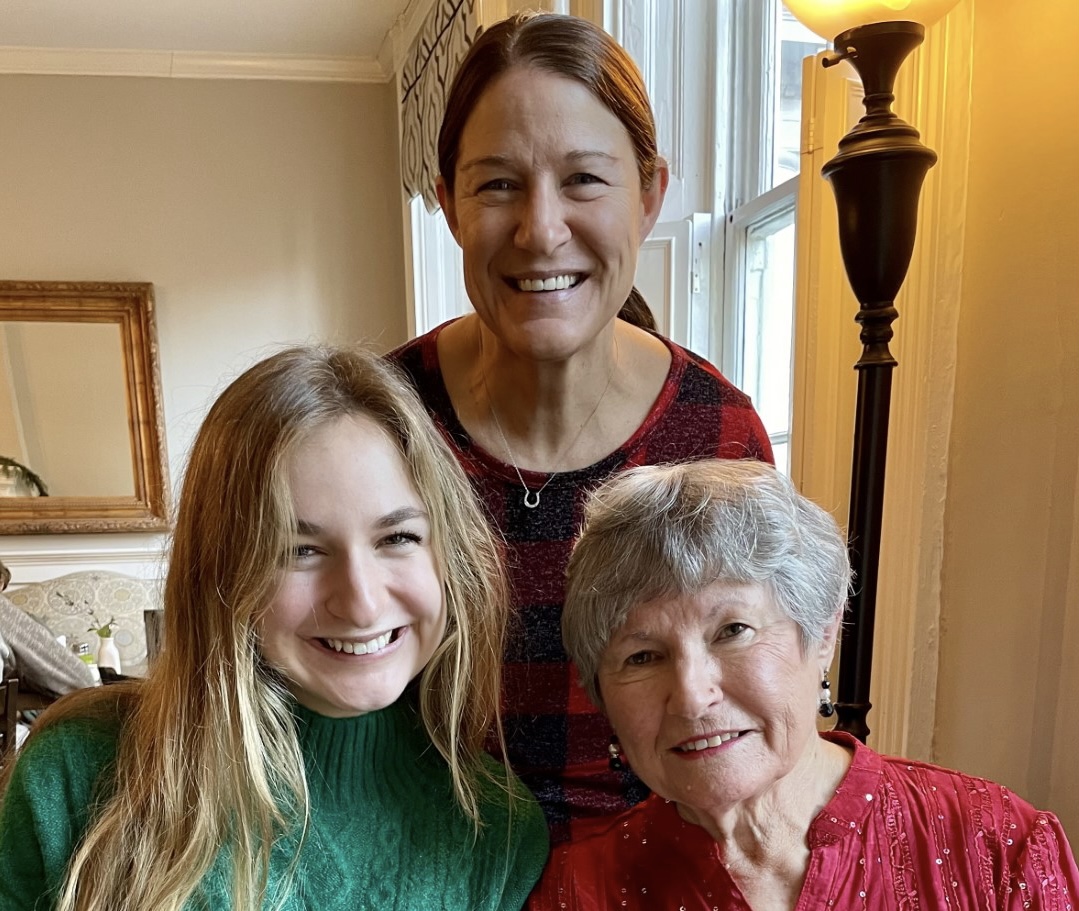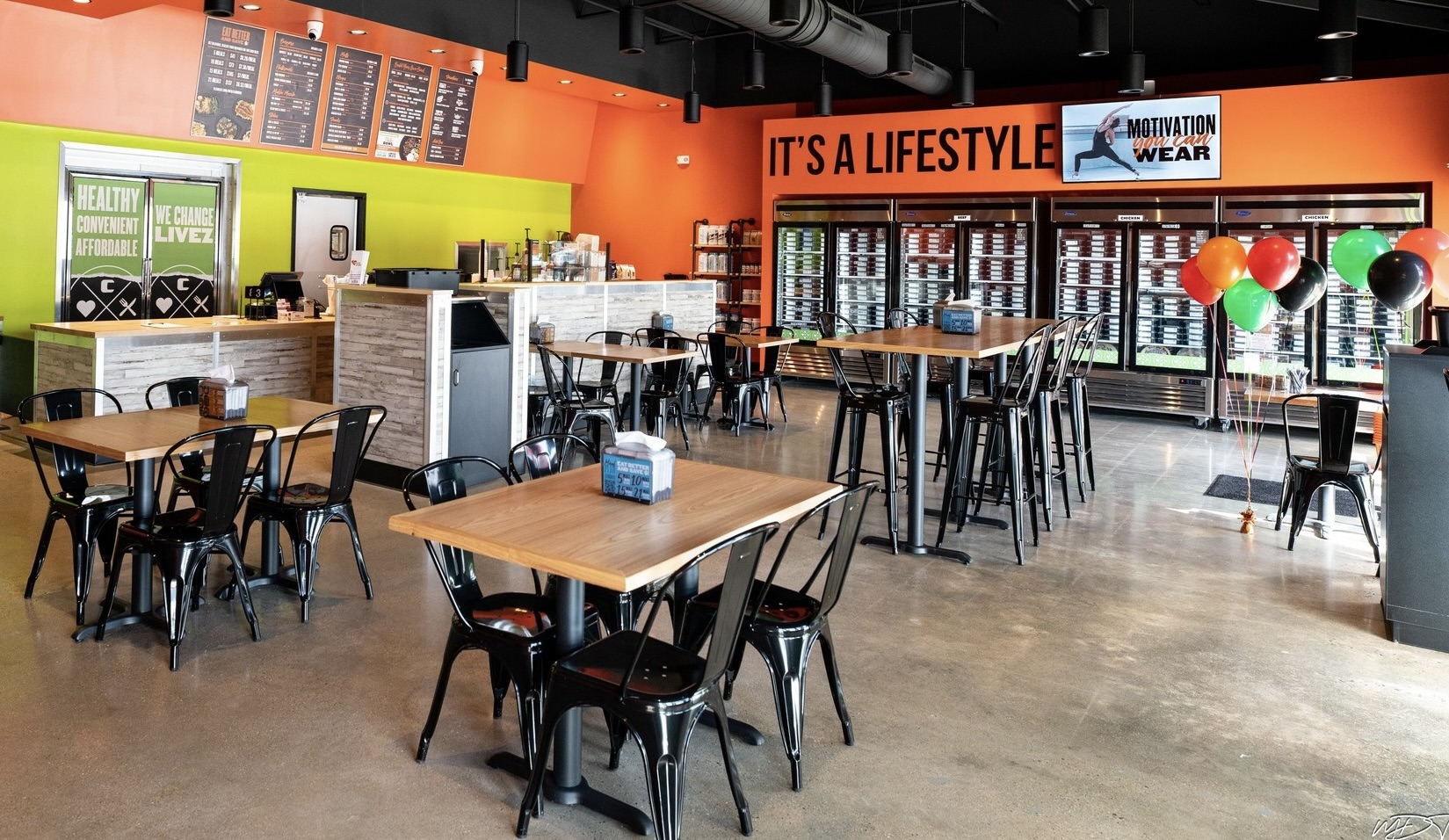by Julie Ladocsi, MD
As Mothers’ Day approaches, I am hoping to build awareness of a condition that affects a lot of moms: osteoporosis. While the disease affects men as well, over 70 percent of bone fractures related to osteoporosis in people over age fifty occur in women. In the US, one in two women older than fifty will experience an osteoporotic fracture.
May is National Osteoporosis Month, and I want to take the opportunity to tell you (and your mom) more about osteoporosis and what you can do to assess your risk and protect yourselves from this common condition. The good news is, there are several lifestyle changes you can make at any age to help prevent osteoporosis.
What is osteoporosis?
Osteoporosis is a common skeletal abnormality characterized by low bone mass and increased bone fragility. It results in an increased risk of bone fracture. In simplest terms, osteoporosis makes your bones weaker and easier to break.
What are the risk factors of osteoporosis?
Unfortunately, one of the biggest risk factors for osteoporosis is increasing age, something that we can’t avoid. Other common risk factors include having a body weight less than 127 pounds, parental history of hip fracture, smoking, excessive alcohol use, and long-term steroid use. Certain medical conditions such as rheumatoid arthritis can also increase your risk.
How is osteoporosis prevented?
There are some lifestyle changes you can make at any age to help maintain bone strength and prevent osteoporosis. The first area to focus on is nutrition. Starting during childhood, adequate intake of dietary calcium and vitamin D is very important for preventing osteoporosis. Talk to your doctor to see if they recommend supplements of these vitamins to help you maintain bone health.
Physical activity is another preventative measure. Moderate to high impact aerobic exercise and weight bearing/muscle strengthening exercise are both beneficial to bone health, even if you already have osteoporosis. Building up strength and endurance and working on your balance and coordination can also help you prevent falls and fractures. If you’re just starting to exercise, or if it’s been a while, your doctor can help you come up with a routine that works best for your fitness level as well as your stage of osteoporosis if you already have it.
Avoiding cigarette smoking and excessive alcohol intake will also be helpful in preventing osteoporosis.
Some women might consider estrogen therapy after menopause, if appropriate, as age-related bone loss increases in women during this time in their lives. Talk to your doctor to learn more about estrogen therapy and whether you are a good candidate.
How is osteoporosis treated?
Several pharmacologic treatment options are available to reduce the risk of hip and vertebral fractures in women at high risk. Estrogen with progesterone, bisphosphonates (such as alendronate), raloxifene, and denosumab are a few of the possible options. The decision regarding treatment of osteoporosis depends on individual patient characteristics, other medical conditions, and severity of osteoporosis.
Is there a way to test or screen for osteoporosis?
Yes! The goal of screening for osteoporosis is to recognize patients with an elevated risk of suffering a low-trauma fracture who would benefit from intervention to minimize that risk. Dual energy X-ray absorptiometry (DXA) measures bone mineral density (BMD) and is the preferred test for finding bone loss and assessing fracture risk.
When should we test?
The American College of Obstetricians and Gynecologists (ACOG) recommends screening for osteoporosis using DXA in all women sixty-five years of age and older. ACOG recommends screening post-menopausal women younger than age sixty-five who have an elevated risk of osteoporosis due to any of the examples listed above. How often to test really depends on results of initial testing and risk factors. Your doctor can help you determine this.
Where can I get a bone density test?
Virginia Physicians for Women’s new Koger Center office offers bone density scans. Call us at 804-897-2100 or go to vpfw.com to schedule.
It’s never too late to take action towards preventing osteoporosis or slowing its progression if you’ve already been diagnosed. We’re here to help assess your risk and determine what you can do to build or maintain healthy bones. Of course, we’re happy to help your mom as well!

About Dr. Julie Ladocsi
Dr. Ladocsi (shown with her mom and daughter in the photo above) is new to Virginia Physicians for Women, but she has been providing care to women in Midlothian since 1997. She sees patients at VPFW’s Koger Center location, where her focus is providing office-based gynecologic care for women from adolescence through menopause and beyond.







